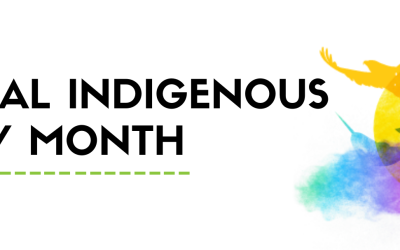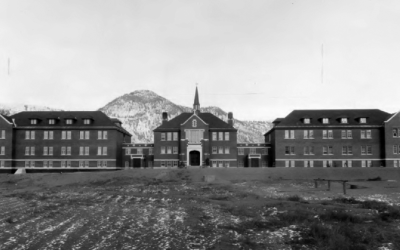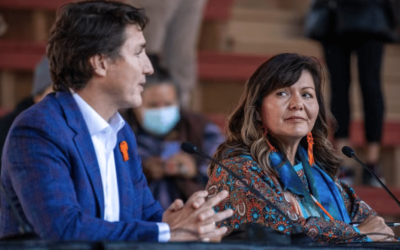Executive Summary
In 2006, the Canadian public and policymakers were shocked at the situation on Kashechewan First Nation, a small indigenous community in Northern Ontario. The community faced continual flooding and chronic infrastructure issues, and it lacked employment and meaningful economic development. A controversy surrounded Alan Pope, a federal representative who stated that the isolated location of the reserve was actually the problem and that new funding would not only not make the problems go away, it would exacerbate them. He called for the reserve to relocate close to Timmins, Ontario.
Kashechewan is an example of a nonviable reserve, where isolation from the mainstream economy makes it virtually impossible for the community to enjoy a meaningful, independent economy.
When discussing the issues, policy-makers should bear in mind that a land base is not enough when building a viable economy. The land must be capable of being put to productive use. The community must also be able to produce a needed good or service that can be sold competitively in a global market.
Throughout Canada’s history, Indian reserves were deliberately placed on marginal lands. They were intended to warehouse First Nations while they prepared for enfranchisement and settlers built the country.
This paper is an attempt to address the reality that rather than continually pumping money into the most isolated, non-viable reserves, First Nations would be better served by focusing on reserves that are closer to urban centres and are in a better position to become viable if reforms are made to allow true Native economic empowerment. Despite the attachment of many First Nations people to their ancestral homes, the long-term interests of the community and its members’ human rights should come before that attachment.
One should also remember that, historically, indigenous peoples have always moved around and reserves are not their creation. In addition, attachment to a piece of land does not make one indigenous. Moreover, Canada should look to the extreme example of Australia as to where it does not want to end up. Serious sexual abuse and chronic child neglect forced its government to take control of some indigenous communities.
While this paper calls for voluntary solutions, constitutional protection of Aboriginal title prevents the federal government from taking over indigenous lands or reserves, so First Nations need not fear a coercive approach.
The only other possible remedy would be for Native communities to voluntarily surrender their Aboriginal title, but this requires a full community vote.
This paper calls for indigenous leaders to work voluntarily with Ottawa in developing a strategy for the relocation of the worst non-viable reserves. This could involve the creation of new reserves near urban centres as well as multi-year financial support for band members who opt to live in the city instead of an alternative reserve site. This assistance would include employment, social assistance, housing and life-skills training in lieu of reserve funding, so the proposal is as revenue neutral as possible.
After all, confinement in an isolated area without hope is a recipe for social dysfunction. It is no wonder communities such as Kashechewan suffer from obscene levels of suicide, addiction, marital breakdowns and violence.
This paper contends that these social ills are symptoms of the underlying economic problems. As Québécois singer Félix Leclerc said, “The best way to kill a man is to pay him to do nothing.” Similarly, indigenous author Calvin Helin documented the psychological effects of government dependency in his book Dances with Dependency, noting that the worst effects are felt by the average people who lose their self-respect because they are not contributing to their own development and future. This paper is an attempt to change this all too-common occurrence.


